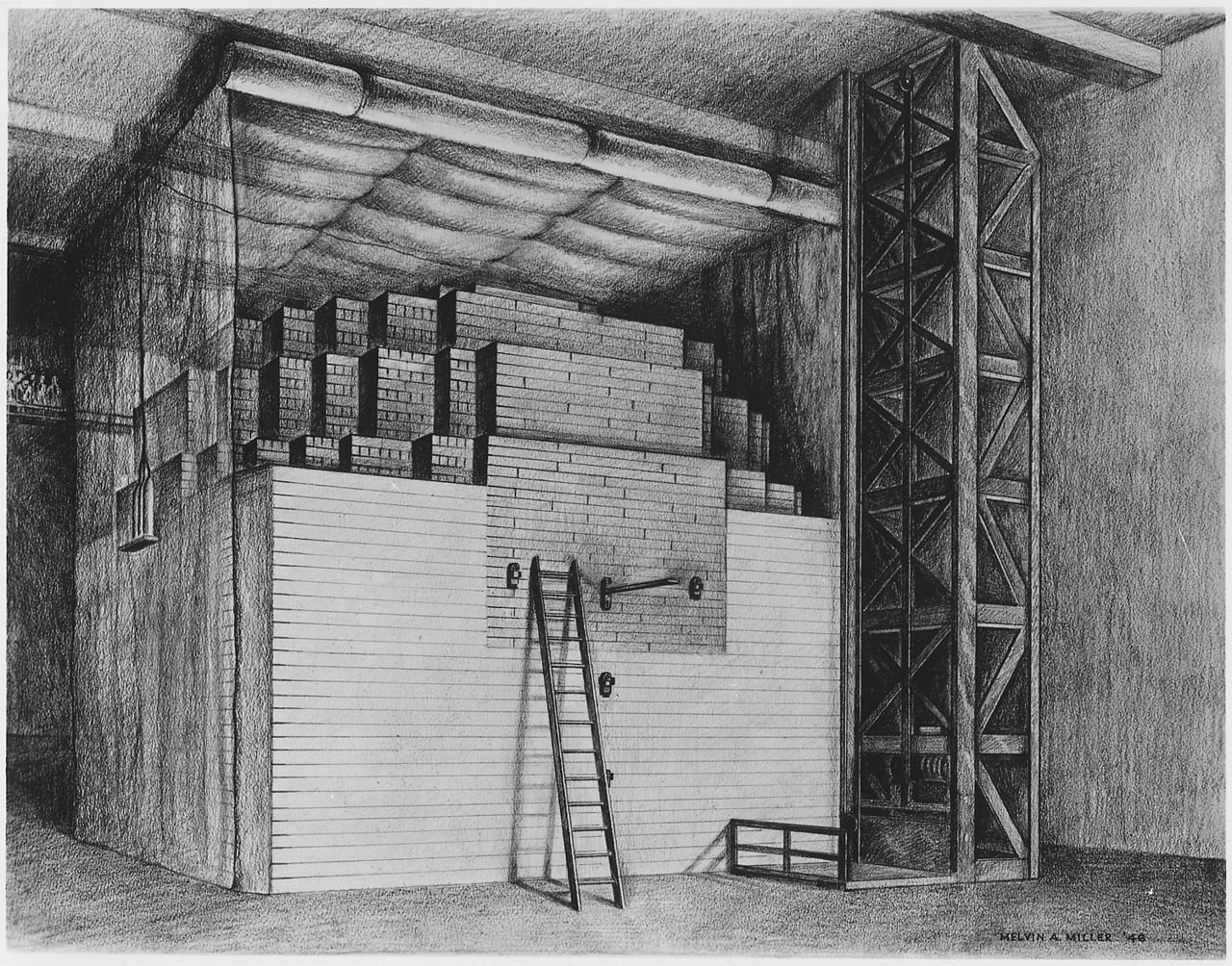Events
Science on Tap: Nuclear Archaeology
Buy Your TicketsMeasurement and Modeling Insights into the First Reactor
The first human-made nuclear reactor, Chicago Pile-1, operated under the west stands of Stagg Field between December 7, 1942, and February 28, 1943, under the supervision of Enrico Fermi, Herbert Anderson, and others. Inspired by Mrs. Anderson's gift of a fuel-containing "live block" of this reactor, Professor Willis became interested in what modern measurements and models could reveal about this seminal reactor eight decades later.

Initially, focused on establishing a timeline for that artifact based on its fission product inventory and uranium isotopes. Still, this pursuit drove the development of a detailed neutronic model of CP-1, incorporating new measurements from the artifact materials. This model was tested against the original 1942-43 measurements and had good results.
As nuclear reactor technology has advanced, CP-1 has become a rare example of an ambient-air-cooled, natural-uranium graphite reactor. However, such reactors remain of interest from proliferation and historical standpoints.
Join us on Friday, October 18, at the National Museum of Nuclear Science & History. Doors open at 5:30 pm. The presentation begins at 6:00 pm and ends at 7:30 pm.
Admission is $10 per person, and you must be 21 years old to attend. Admission will provide each guest with one beer ticket. Guests can purchase additional drinks. IDs are required. Please drink responsibly. Please email us with any questions.
About Our Speaker

Carl Willis is Professor of Practice and Chief Reactor Supervisor in the Nuclear Engineering Department at the University of New Mexico, where he teaches with the AGN-201M nuclear reactor. His interests include particle accelerator and pulsed-power applications, radiation metrology, and the history of nuclear technology.
